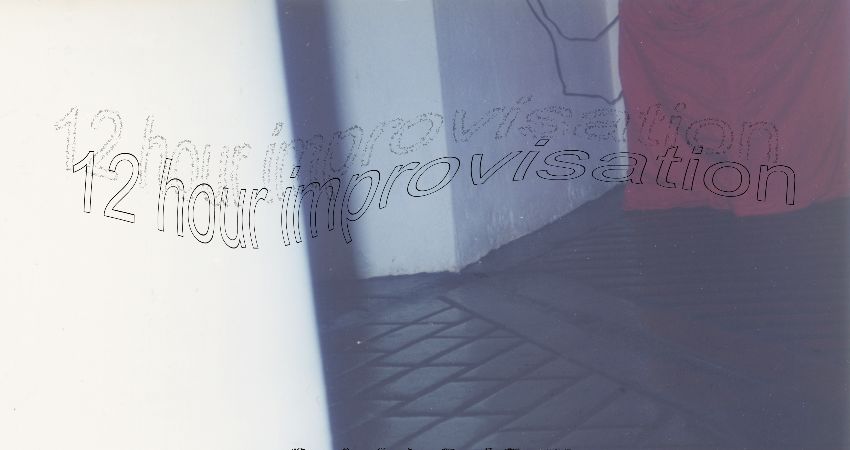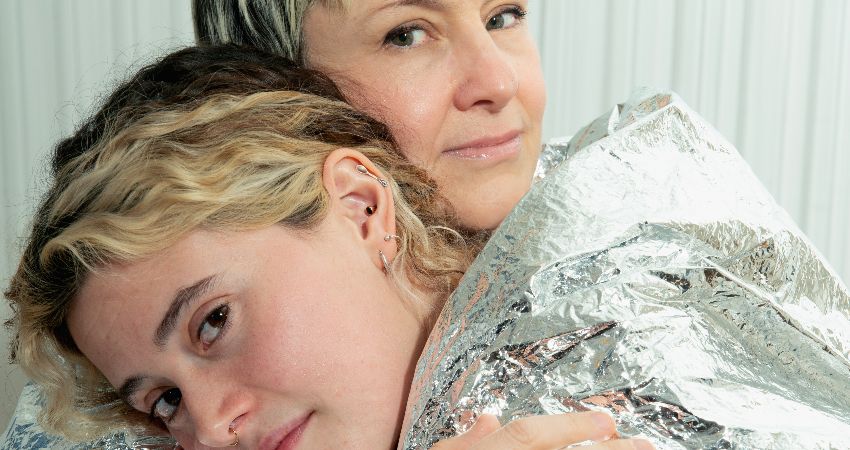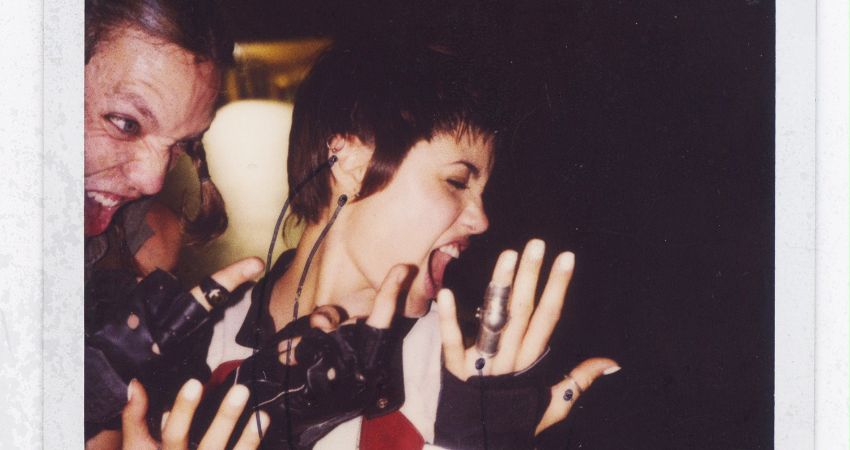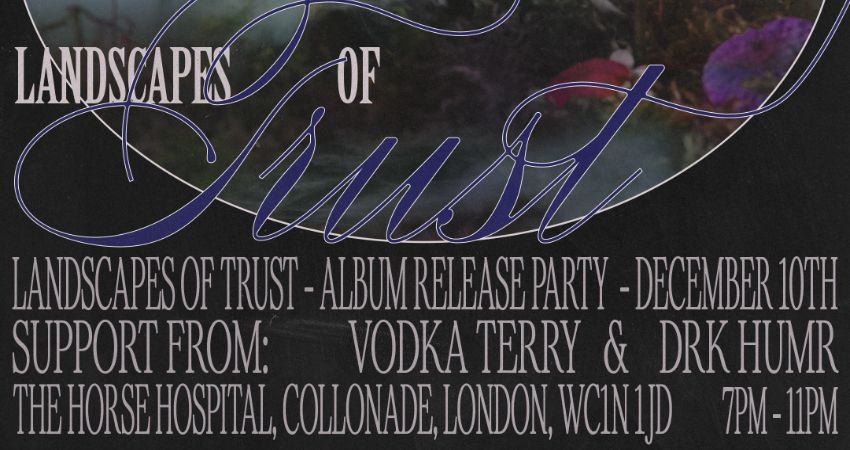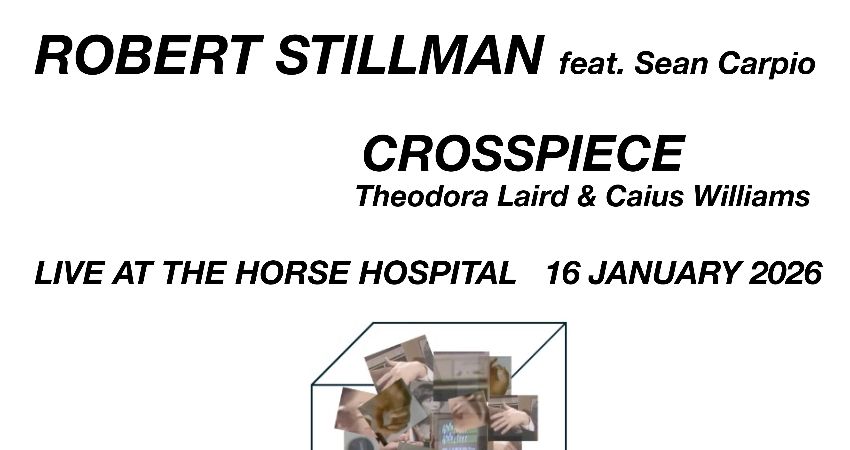Past event!
This event has already taken place.
Find all current events for this promoter here.
FASHION IN FILM: RESURRECTING AND RE-EDITING THE CINEMA DIVA
Presented by: The Horse Hospital| 0 | LONDON: The Horse Hospital |
|---|---|
| P | Saturday 11th March, 2017 |
| N | 6:30pm |
Event information
Introduced by the festival’s co-curator Tom Gunning
Total running time c. 75 min. Underground filmmaker Jack Smith once described film stars as ‘flaming creatures’. Being enveloped by light, female stars especially owe much of their aura to the costuming and artifice that go into constructing their image. This programme brings together female stars from cinema’s past – re-imagined, and even re-assembled – from a later perspective that abstracts them from a narrative context, and allows us to see them precisely as incandescent images of desire clothed in costumes of fantasy and role play.
Rose Hobart
American artist Joseph Cornell created delicate, whimsical, sometimes disturbing box collages in which he juxtaposed everyday objects – toys, glasses, marbles, bits of wood – in dream-like arrangements that evoke scenarios of desire and memory. In this collage film he performs a similar alchemy on a Hollywood melodrama, paying tribute to Rose Hobart, an almost forgotten diva of 1930s cinema. Cornell recut the 1929 film East of Borneo, eliminated all dialogue, overdubbed shots with irrelevant music, destroyed narrative logic, added footage from scientific films and projected it through a blue filter thereby transforming Hollywood schlock into a surrealist reverie. Cornell treats images of Hollywood glamour as if they were styles from the past that he re-cuts for a more contemporary look.
USA 1936. Dir. Joseph Cornell. With Rose Hobart.
Unfolding the Aryan Papers
Artists Jane and Louise Wilson made this film following a residency in the Stanley Kubrick Archive, where they discovered extensive archival materials relating to the director’s unrealised film about the Holocaust, The Aryan Papers. The Wilsons’ focus is on the Dutch actress Johanna ter Steege who Kubrick cast in the early-1990s in the lead role as a beautiful Polish-Jewish woman – a role that was to propel her into international stardom. For their film the artists asked ter Steege to re-enact parts of the script as well as short temporal fragments based on photographs, capturing what they call her ‘process of becoming’. And it is above all ter Steege’s original wardrobe shots that emerge as the vital ingredient here, tangible and visually compelling evidence of the actress inhabiting her role. Using the metaphor of unfolding, the film is a melancholy and perhaps even cathartic excavation of time gone by which itself points to another, unspeakably painful, moment in history.
UK, 2009. Dir. Jane and Louise Wilson. With Johanna ter Steege.
Irma Vep, the Last Breath
The female jewel thief in a black body suit, Irma Vep (whose name is an anagram for Vampire), debuted in Louis Feuillade’s 1915 silent film serial Les Vampires, and was played by the legendary performer Musidora. The figure has since been a source of fascination for playwrights and filmmakers. Michelle Handelman’s 2014 film Irma Vep, the Last Breath refashions the character into a cross-dressing emblem of the contemporary fluid sense of gender and personal identity. Imagining the ageing Musidora (who in her twilight years sometimes worked as a ticket-taker at the Cinémathèque Française in Paris) confronting her fictional counterpart, Handelman creates a landscape where costume can redefine identity and where the past comes to act on the present.
USA 2013/2015. Dir. Michelle Handelman. With Zackary Drucker and Flawless Sabrina. Costumes threeASFOUR, Garo Sparo.
Venue information
LONDON: The Horse Hospital| 0 | Colonnade Bloomsbury London WC1N 1HX |
|---|---|
| > | www.thehorsehospital.com |
| ! | 020 7833 3644 |


